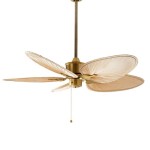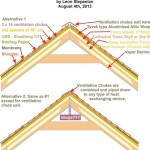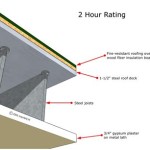Can You Paint Walls with Ceiling Paint?
Painting a room can be a transformative project, refreshing the space and giving it a new look. While it is generally recommended to use specific paints for walls and ceilings, there are instances where using ceiling paint on walls might be a viable option. This article explores the pros and cons of using ceiling paint for walls, providing insights into when it might be suitable and when it's best to stick with regular wall paint.
Ceiling Paint Characteristics
Ceiling paint is formulated for specific characteristics that make it ideal for ceilings. These characteristics include:
- Flat Finish: Ceiling paints typically have a flat or matte finish, which helps to hide imperfections and reduce glare. This is crucial for ceilings as they often have textured surfaces.
- Easy Clean-Up: Ceiling paint is designed to be easily washable, making it suitable for cleaning up spills and marks that might occur on ceilings.
- Quick Drying: Ceiling paints are formulated to dry quickly, allowing for multiple coats to be applied efficiently.
- Thinner Consistency: Ceiling paint has a thinner consistency compared to wall paint, making it easier to apply evenly on large surfaces. It also allows the paint to penetrate the ceiling's texture more effectively.
When to Use Ceiling Paint on Walls
While ceiling paint is primarily designed for ceilings, it can be used in specific situations on walls.
Here are some instances where ceiling paint might be suitable:
- Low Traffic Areas: In low-traffic areas such as bedrooms or guest rooms, where walls are less likely to be bumped or scratched, ceiling paint can be a suitable option. Its durability is generally adequate in such settings.
- High Ceilings: When painting walls with high ceilings, the thinner consistency of ceiling paint makes it easier and faster to apply, resulting in smoother coverage.
- Budget-Friendly Choice: Ceiling paint is generally less expensive than wall paint, making it a cost-effective option for budget-conscious projects.
When to Avoid Ceiling Paint on Walls
While ceiling paint can be used in certain situations, there are instances when it's best to avoid using it on walls.
Consider these situations:
- High Traffic Areas: In high-traffic areas, such as hallways, dining rooms, or kitchens, walls are subjected to more wear and tear. Ceiling paint, being less durable than wall paint, might not withstand the constant friction and scuffs.
- Moisture-Prone Areas: Bathrooms and kitchens are prone to moisture and humidity, which can damage ceiling paint over time. Wall paint is formulated to be more resistant to moisture and mildew growth.
- Glossy Finish Preference: If you desire a glossy finish on your walls, ceiling paint is not the right choice. Ceiling paint typically comes in flat or matte finishes, and trying to achieve a glossy finish with it can lead to uneven results.
Ultimately, deciding whether to use ceiling paint on walls requires considering the specific circumstances and the desired outcome. While it can be a viable option in certain cases, it's important to weigh the pros and cons to ensure the best results for your particular project.

Ceiling Paint Ideas 10 Ways To Make Your Fifth Wall Wonderful Homes Gardens

Decorating Your Fifth Wall Ceiling Paint Inspiration

Decorating Your Fifth Wall Ceiling Paint Inspiration

How To Paint A Ceiling The Home

To Match Or Not Deciding On Wall And Ceiling Colors

6 Painted Ceiling Designs And Tips For Painting Ceilings

How To Paint Ceiling Colours Indigo Paints

Ceiling Painting Tips Coordinating Colors For Walls Ceilings

Painting Your Ceiling The Same Color As Walls Ondemand Painters

Painting Your Ceiling The Same Color As Walls Ondemand Painters








